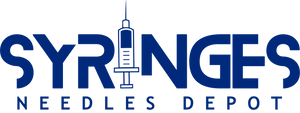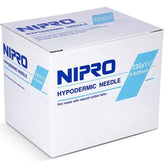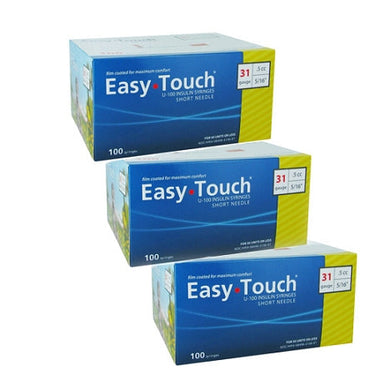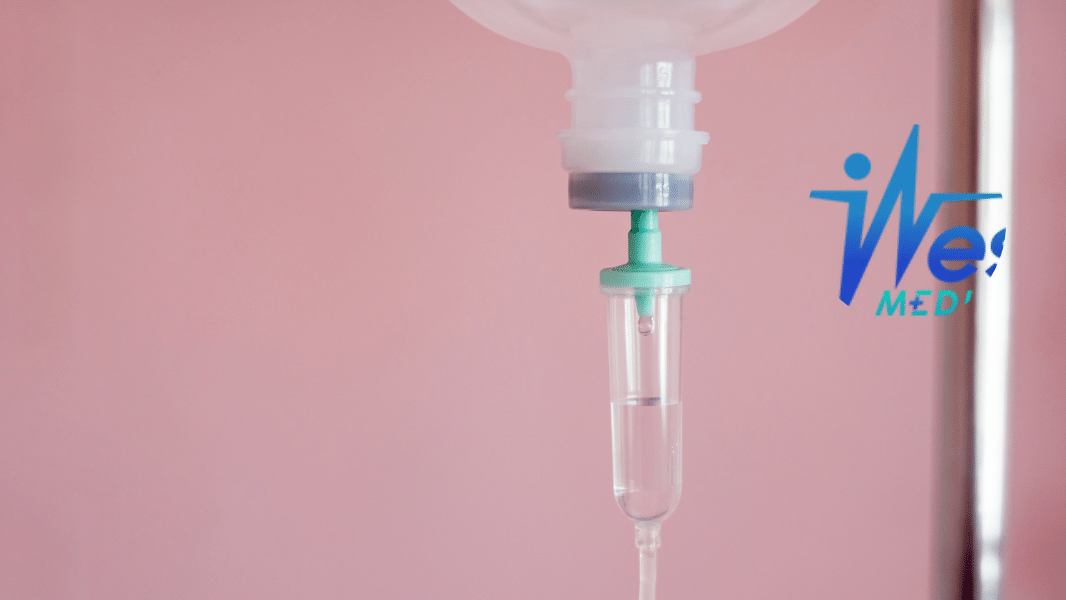Did you know that the most common IV fluid used in hospitals is essentially the same as table salt dissolved in water? When it comes to medical solutions, two terms often come up: normal saline and 0.9% sodium chloride. These terms are crucial in medical practice, but they can sometimes cause confusion. This blog aims to clarify the differences and similarities between normal saline and 0.9% sodium chloride, making the subject easier to understand for both healthcare professionals and curious readers.
What is Normal Saline?
Normal saline is a term frequently used in clinical settings. But what exactly does it mean? Normal saline is a sterile solution of 0.9% sodium chloride (salt) in water. This specific concentration matches the salt concentration found in the human body, making it “normal” or physiologically compatible with our cells and tissues.
Composition
Normal saline consists of 0.9 grams of sodium chloride dissolved in 100 milliliters of water. This formulation results in an isotonic solution, meaning it has the same salt concentration as our blood and bodily fluids. This isotonic nature is why normal saline is widely used in various medical applications.
Common Uses
Normal saline is a versatile solution with numerous applications in healthcare:
- IV Hydration: It is commonly used for intravenous (IV) hydration to restore fluid balance in patients.
- Medication Delivery: Medications are often diluted in normal saline for safe administration via IV.
- Wound Cleaning and Irrigation: Normal saline is used to clean and irrigate wounds, helping to prevent infection and promote healing.
-
Contact Lens Rinsing: It can also be used as a rinse for contact lenses, ensuring they are clean and comfortable to wear.
Understanding 0.9% Sodium Chloride
So, what is 0.9% sodium chloride? The answer is simpler than you might think. 0.9% sodium chloride is precisely the same solution as normal saline. The name “0.9% sodium chloride” is a more technical term used to describe the solution’s exact concentration.
Composition
The composition of 0.9% sodium chloride is identical to that of normal saline—0.9 grams of sodium chloride in 100 milliliters of water. This exact formulation ensures that the solution is isotonic, meaning it has the same osmolarity as human blood and bodily fluids.
Common Uses
The uses of 0.9% sodium chloride mirror those of normal saline:
- IV Hydration: It is used to replenish fluids in patients via IV drips.
- Medication Delivery: Many medications are diluted in 0.9% sodium chloride for intravenous administration.
- Wound Cleaning and Irrigation: The solution is effective for cleaning and irrigating wounds to prevent infection.
- Contact Lens Rinsing: It is also suitable for rinsing contact lenses to maintain cleanliness and comfort.
The Terminology
Understanding the terminology behind normal saline and 0.9% sodium chloride can shed light on why both terms are used interchangeably.
Historical Context
The term “normal saline” has been in use for many years in clinical settings. It was coined because the solution’s concentration is “normal” in relation to the salt concentration in the human body. This term became widely adopted in hospitals and healthcare facilities.
Clinical Language vs. Technical Precision
While “normal saline” is commonly used in everyday clinical language, “0.9% sodium chloride” is the preferred term in scientific and technical contexts. The latter provides a precise description of the solution’s concentration, ensuring clarity and accuracy in medical documentation and communication.
Highlighting the Similarities
Despite the different names, normal saline and 0.9% sodium chloride are fundamentally the same solution. Let’s delve into their key similarities.
Identical Composition
Both normal saline and 0.9% sodium chloride have the exact same composition—0.9 grams of sodium chloride per 100 milliliters of water. This precise formulation ensures that the solution is isotonic, meaning it has the same salt concentration as human blood.
Isotonic Properties
The isotonic nature of these solutions is crucial for their medical applications. An isotonic solution has an osmolarity of about 308 milliosmoles per liter (mOsm/L), which matches the osmolarity of human blood. This compatibility makes these solutions safe and effective for various medical uses, from IV hydration to wound irrigation.
Medical Applications
Both normal saline and 0.9% sodium chloride are used interchangeably in healthcare settings. Their applications, ranging from IV hydration and medication delivery to wound cleaning and contact lens rinsing, highlight their versatility and importance in medical practice.
Addressing Common Misconceptions
Given their identical nature, why do different terms exist? Let’s address some common misconceptions and provide clarifications.
Common Misunderstandings
One common misconception is that normal saline and 0.9% sodium chloride are different solutions. This misunderstanding often arises from the use of different names in various contexts—normal saline in everyday clinical language and 0.9% sodium chloride in scientific or technical discussions.
Clarifications
To clarify, normal saline and 0.9% sodium chloride are the same solution. The difference lies solely in the terminology. Understanding this can help prevent confusion and ensure accurate communication in medical settings.
Practical Implications for Healthcare Professionals
Understanding the terminology and properties of normal saline and 0.9% sodium chloride has practical implications for healthcare professionals.
Importance of Accurate Terminology
Using precise terminology is crucial in healthcare to ensure clear and accurate communication. Referring to the solution as 0.9% sodium chloride in technical documentation helps avoid ambiguity and enhances clarity.
Impact on Medical Practice
Accurate terminology can significantly impact medical practice. For instance, when ordering supplies or documenting patient care, using the correct term ensures that the right solution is used. This precision can prevent errors and improve patient outcomes.
Wrapping up
In summary, normal saline and 0.9% sodium chloride are essentially the same solution, used interchangeably in medical practice. Understanding the terminology and properties of these solutions is crucial for healthcare professionals, ensuring accurate communication and effective patient care.






